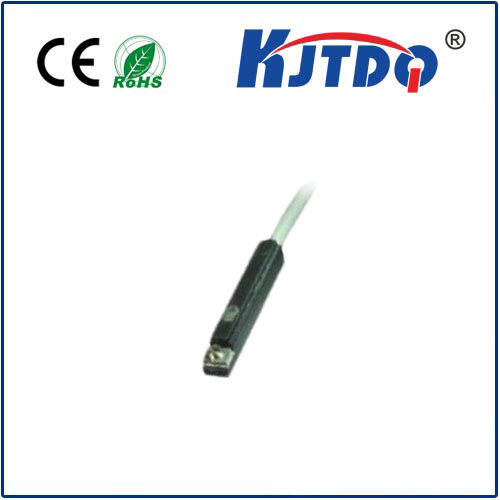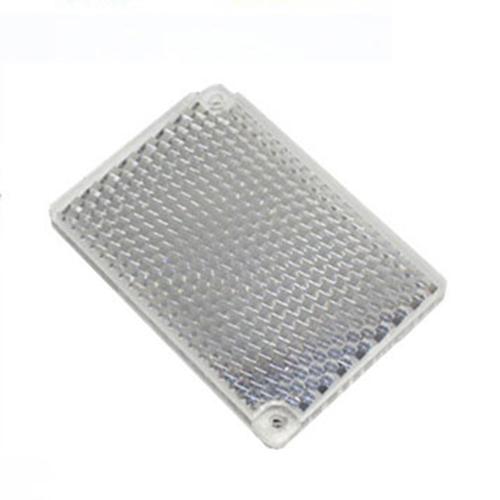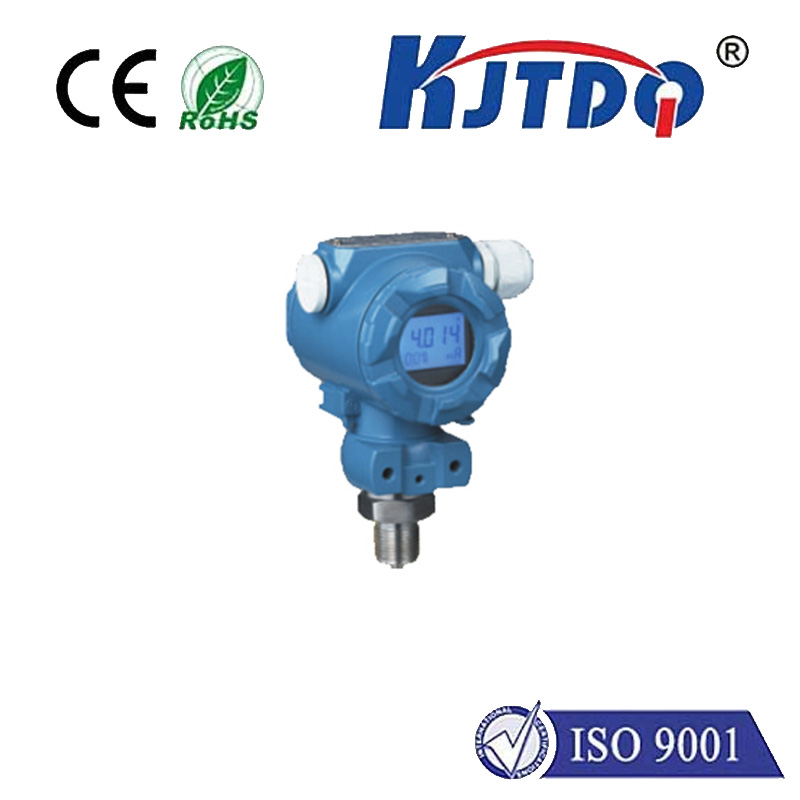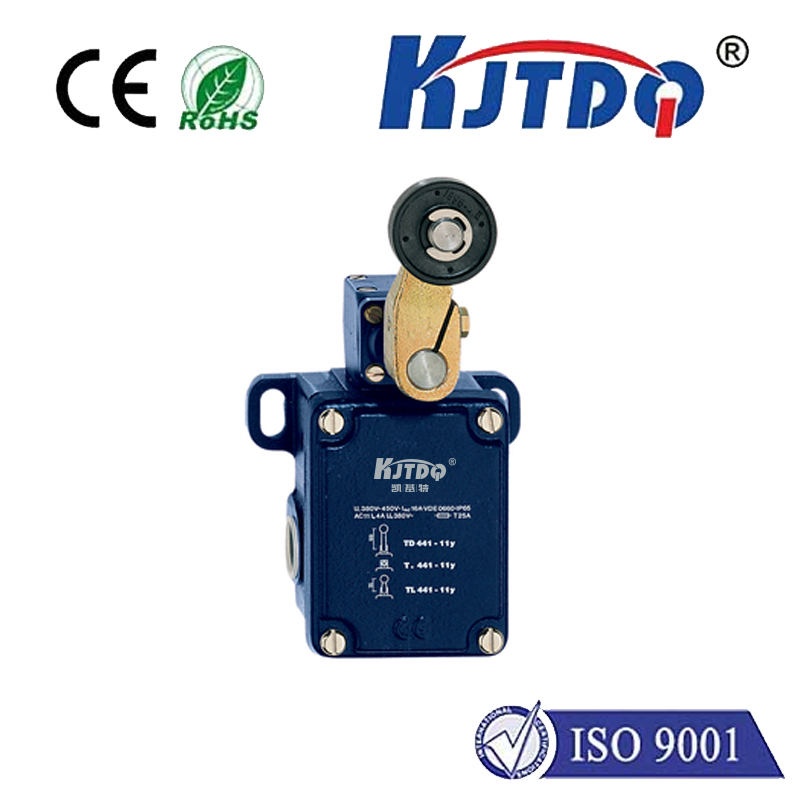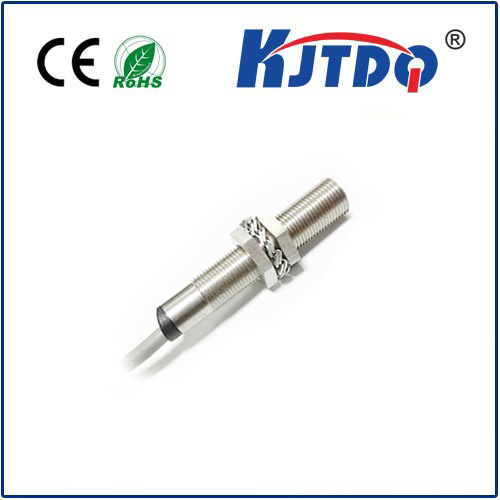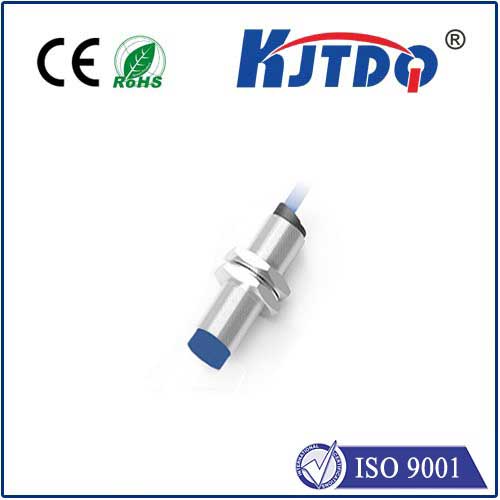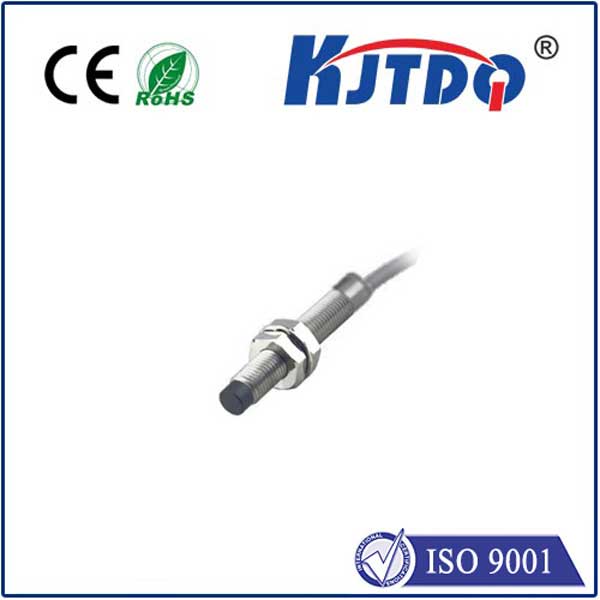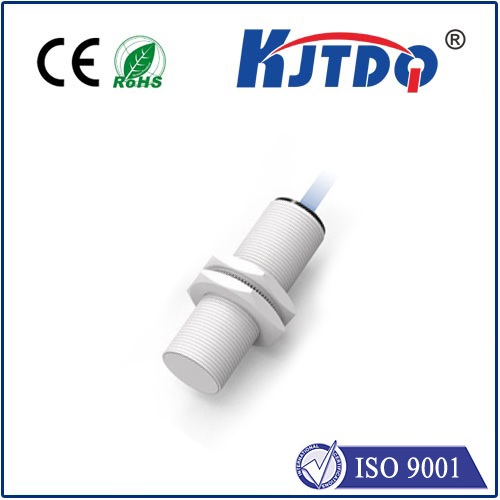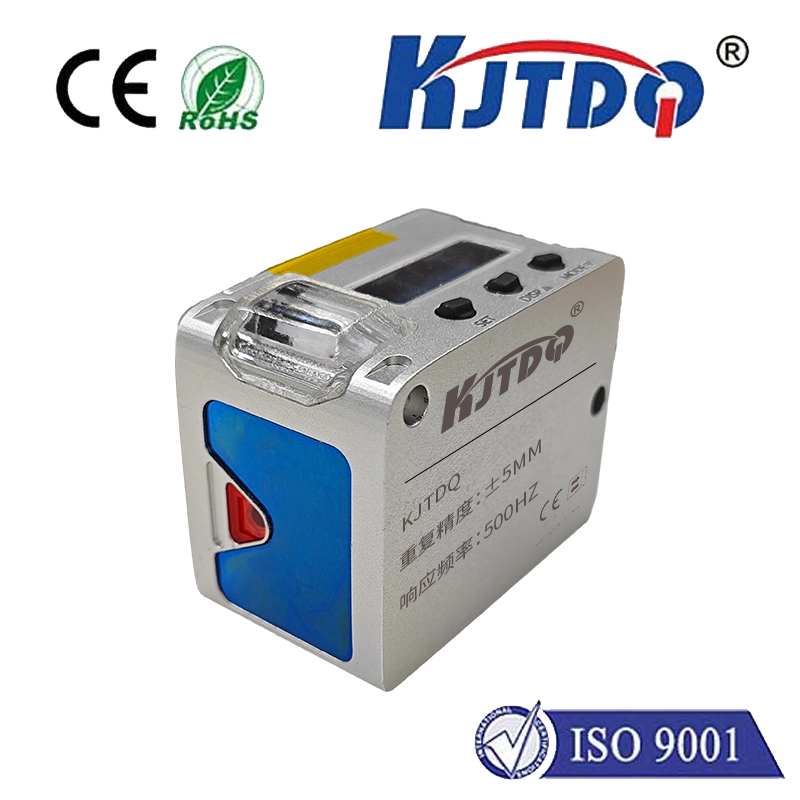different types of proximity sensors are
- time:2025-06-17 02:52:16
- Click:0
Different Types of Proximity Sensors Are Key to Modern Automation
Imagine a factory assembly line humming with activity – robotic arms welding car frames with millimeter precision, conveyor belts seamlessly transporting goods, packaging machines sealing boxes at blistering speeds. Underpinning this intricate dance of efficiency and safety is a suite of silent sentinels: proximity sensors. These versatile devices detect the presence or absence of objects without any physical contact, forming the bedrock of modern automation, security systems, and countless consumer devices. “Different types of proximity sensors are” the diverse solutions engineers deploy to solve unique detection challenges across industries. Understanding these variations – including inductive, capacitive, photoelectric, ultrasonic, and magnetic sensors – is crucial for selecting the right tool for the job.
The Contactless Advantage: Why Proximity Sensors Dominate

The fundamental appeal of proximity sensors lies in their non-contact nature. This eliminates wear and tear associated with mechanical switches, significantly boosting longevity and reliability in demanding environments. They excel in detecting objects through barriers, working reliably in dirty, dusty, or wet conditions where optical systems might fail due to grime obscuring lenses. They offer high-speed response times, essential for fast-paced production lines. Furthermore, their sealed designs often translate to robustness and resilience, making them ideal for harsh industrial settings involving vibration, shock, or washdowns.
- Inductive Proximity Sensors: Masters of Metal Detection
- How They Work: Inductive proximity sensors generate an electromagnetic field from a coil within their sensing face. When a ferrous metal (iron, steel) or non-ferrous metal (aluminum, copper, brass) target enters this field, it induces eddy currents within the metal. These currents cause a measurable change in the field’s oscillation, which the sensor’s circuitry detects, triggering an output signal.
- Key Characteristics:
- Primarily detect metallic objects.
- Detection range depends on target material (typically a few millimeters up to 50-60mm for larger sensors).
- Unaffected by non-metallic contaminants like dust, oil, or water.
- Ideal for harsh industrial environments.
- Common applications: Position sensing of machine parts (cylinders, gears), metal detection on conveyors, part counting, safety guarding on presses.
- Limitation: Cannot detect non-metallic objects (plastics, wood, liquids, etc.).
- Capacitive Proximity Sensors: Detecting Almost Anything
- How They Work: Capacitive proximity sensors function similarly to capacitors. The sensor face acts as one plate, a nearby object (or ground) acts as the other plate, and the air gap acts as the dielectric. When an object enters the sensing field, it alters this capacitance. The sensor detects this change, regardless of the material’s conductivity.
- Key Characteristics:
- Detect metallic and non-metallic objects (liquids, powders, grains, plastics, wood, glass).
- Detection range is generally shorter than inductive sensors for metals but effective across materials.
- Can often sense objects through thin non-metallic barriers (plastic walls, glass).
- Useful for level detection (liquids, granular materials in tanks, hoppers).
- Common applications: Liquid level control, presence detection of plastic bottles or cartons, material handling (detecting wood, paper), touchscreen technology (utilizes capacitive principles).
- Limitation: Can be susceptible to environmental factors like humidity or condensation, and might detect unintended objects close to the sensor face if not tuned correctly.
- Photoelectric Sensors: The Long-Range Visionaries
- How They Work: Photoelectric (or photoeye) sensors employ light (usually infrared, visible red laser, or sometimes visible LED) and a receiver. They come in three main configurations:
- Through-Beam: Separate emitter and receiver units. Detection occurs when the target blocks the light beam. Longest sensing ranges (up to tens of meters). High accuracy.
- Retroreflective: Emitter and receiver are in the same housing. A reflector bounces light back to the receiver. Detection occurs when the target breaks the beam. Good medium-range detection.
- Diffuse (Proximity Mode): Emitter and receiver are in the same housing. The sensor detects light reflected directly off the target. Shorter range, influenced by target color, reflectivity, and surface texture. Often used as a proximity solution.
- Key Characteristics:
- Longest detection distances available among common proximity sensors (especially through-beam).
- Detect virtually any object that breaks or reflects the beam (color, material agnostic).
- Fast response time.
- Suitable for precision positioning and small object detection.
- Common applications: Object detection on high-speed conveyors, part counting, bottle/can detection in filling lines, web break detection, automatic doors, security systems.
- Limitation: Performance can degrade with heavy dirt, dust, fog, or ambient light interference affecting the beam. Target color and reflectivity impact diffuse types.
- Ultrasonic Proximity Sensors: Sound Waves for Versatility
- How They Work: Ultrasonic sensors emit high-frequency sound waves (inaudible to humans). They measure the time it takes for an echo to return after bouncing off a target object. Distance is calculated based on the speed of sound.
- Key Characteristics:
- Detect solid objects, liquids, granular materials, and transparent objects (like glass or clear plastic), largely unaffected by color or transparency.
- Reliable detection of uneven or shiny surfaces that might challenge photoelectrics.
- Can measure distance (ranging), not just presence/absence.
- Effective in dusty, misty, or steamy environments where light-based sensors struggle.
- Common applications: Level measurement in tanks (liquids, solids), presence detection of difficult targets (clear bottles, textured surfaces), object profiling, pallet detection, vehicle parking assistance.
- Limitation: Soft materials (like cloth) may absorb sound waves, reducing detection range or reliability. Temperature variations affect the speed of sound, potentially requiring compensation. Foam can be challenging. Windy conditions can deflect sound waves.
- Magnetic Proximity Sensors: Detecting the Invisible Force
- How They Work: Magnetic proximity sensors (often called reed switches or solid-state Hall effect sensors) detect the presence of a magnetic field, typically from a permanent magnet mounted on the target object.
- Key Characteristics:
- Simple, reliable, and highly cost-effective.
- Require a magnet attached to the moving target.
- Capable of very long sensing distances relative to their size (especially Hall effect types).
- Unaffected by dust, dirt, water, or other environmental contaminants.
- Can often be completely encapsulated, making them ideal for submerged or hazardous environments.
- Common applications: Position feedback on pneumatic/hydraulic cylinders (cylinder position sensors), door/window position sensors in security systems, speed sensing, limit switches in clean or wet environments.
- Limitation: Require a magnet on the target, which may not always be feasible. Ferrous metals close to the sensor can sometimes interfere with or enhance the magnetic field, potentially causing false triggers or reduced sensing distance.
Choosing the Right Proximity Sensor: The Critical Factors
Selecting the correct proximity sensor type hinges on asking the right questions:
- Target Material: Metal? Plastic? Liquid? Glass? Powder?
- Sensing Distance: How far away does the target need to be detected?
- Operating Environment: Harsh (dust, moisture, chemicals, temperature extremes)? Clean? Vacuum?
- Output Requirements: Digital (on/off)? Analog (distance measurement)? Type of electrical interface












